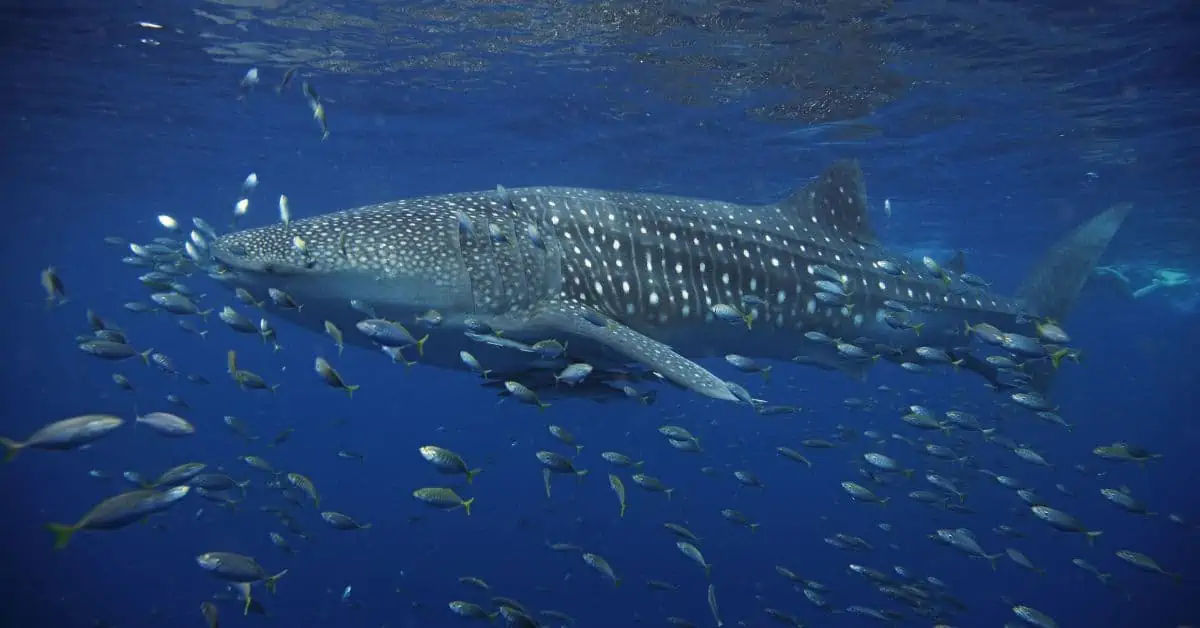Tasting whale milk is not an easy thing. Not everyone can do it, as getting milk from whales is a too costly affair. So it’s natural for you to ponder over how this mammal’s milk would differ in taste from the other animals. Yeah, if you are curious about the taste of whale milk, you are not alone.
So what does whale milk taste like?
Whale milk has a complex flavor that tastes like a combination of fish, castor oil, milk of magnesia, and even liver! It even smells fishy. Moreover, it has a consistency of soft butter due to the high-fat content present in it. The exact flavor depends on the fat and protein molecules present in the milk.
Given its rarity, you may not find much information regarding whale milk and its taste. But keep reading this blog post to find the answers to all your queries!
What Does Whale Milk Taste Like?
Whale milk tastes slightly sour and creamy-smooth due to the presence of protein, fats, and omega-3 fatty acids. According to scientists, who’ve spent hours analyzing whale milk, it tastes salty and fishy, almost like fish immersed in a can of milk!
Since whales live in the ocean, their milk is bound to have a salty and fishy smell of seawater. The flavor notes of blue whale milk include a combination of fish, liver, castor oil, and milk of magnesia. Considering this flavor profile, it’s safe to say that humans may not enjoy drinking whale milk.
Appearance-wise, whale milk looks similar to heavy cream, as it contains around 35-50% fats (compared to the 4% present in cow’s milk). Others find it to have the consistency of soft butter. In some cases, whale milk may vary in color from ivory to a shade of green.
According to connoisseurs, the thick consistency of whale milk makes it the perfect base for ice cream. Since it is already rich in flavor, all you need is to cool down the milk and shake it vigorously till it reaches the texture of creamy gelato. Remember that the ice cream will retain the sea-like flavors explained above. Moreover, don’t even think of having whale milk ice cream while on a diet, as a half-cup serving of this ice cream has about 900 calories!
Is Whale Milk Like Toothpaste?
Whale milk is known to have toothpaste-like consistency because it is highly viscous. Moreover, it’s rich in fat content with a concentration of 35 to 50%.
Since the whales feed their offspring underwater, the high-fat content means the milk is less dissolvable in water. If the milk is runny or low-fat, it would be difficult for the mother whale to feed its baby, which may prevent it from receiving adequate nutrients. This fatty milk is their source of nutrients and energy that help them grow and develop.
But, when it comes to flavor, whale milk is far from toothpaste. It is rich in protein and tastes quite strong, like fatty and buttery. You may even notice traces of oil, liver, and fish, as well as milk of magnesia.
Can Humans Drink Whale Milk?
With a high-fat content, whale milk is not the best choice for human consumption. It contains 443 kcal, 10.9% protein, and a whopping 42.3% fat! Whale milk has ten times more fat than regular cow milk!
In addition to that, humans rarely drink whale milk because of the mammal’s strange breast structure. Its nipples are concealed deep within the skin grooves, which makes it difficult for humans to retrieve milk. Besides, with the whales living deep within the sea, it’s nearly impossible to mine this milk source.
Scientists also believe that harmful chemicals from plastics, pesticides, and other sources may pass through the animal into their milk. It is evident from the lower birth and survival rate of whale offspring. Keeping in mind these contaminants, it’s best to avoid drinking whale milk.
Conclusion
Whale milk is a rich source of essential nutrients that are necessary for the optimum growth of calves. In fact, the blue whale species consume up to 150 gallons of milk in a day, which helps them gain over 100 pounds in a single day during the first few months!
Although it sounds pretty healthy, whale milk has ten times (or even more) fat than regular cow’s milk. Therefore, it’s not consumed by humans. Besides, it may be hazardous to milk cetaceans in the wild.
And when it comes to flavor, you may not enjoy the oceanic, fishy smell and taste of whale milk.

